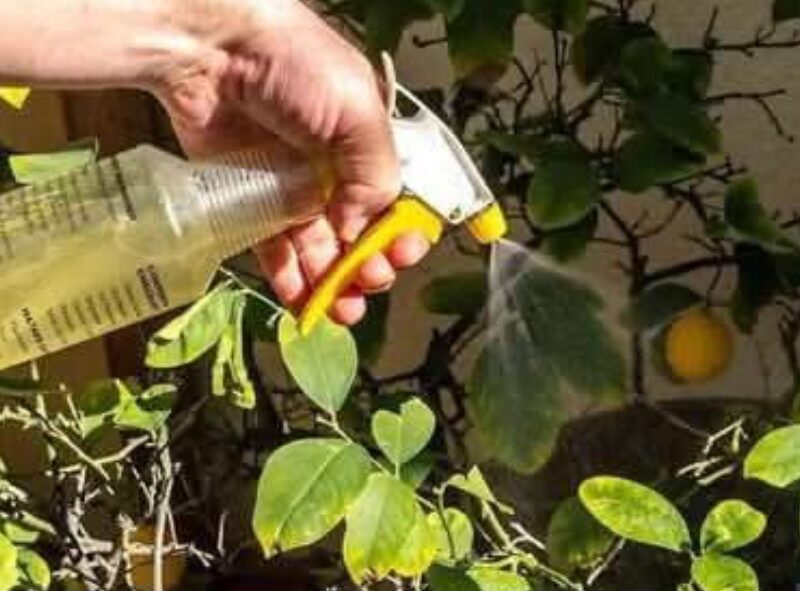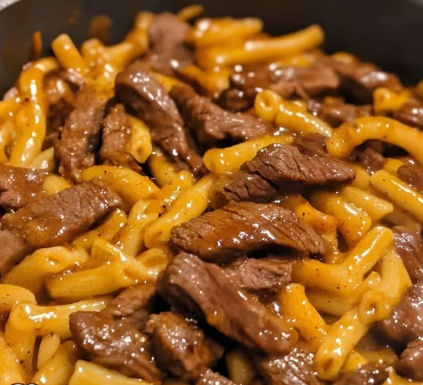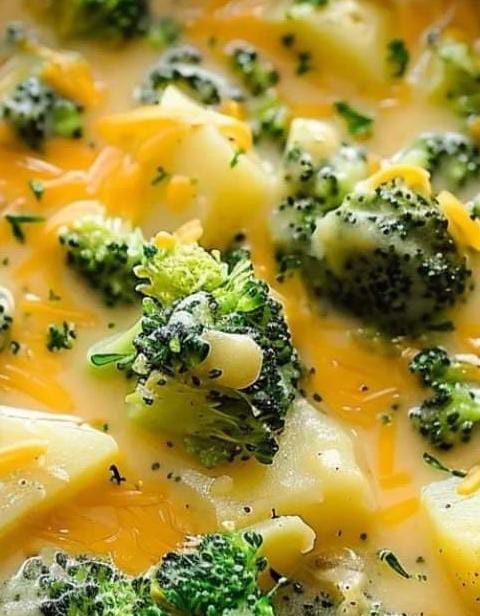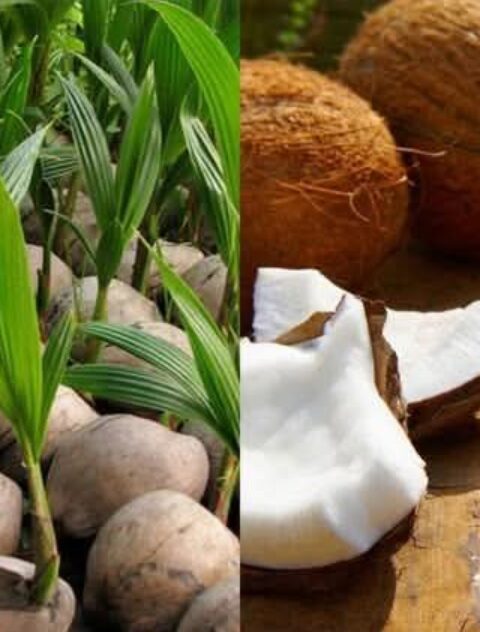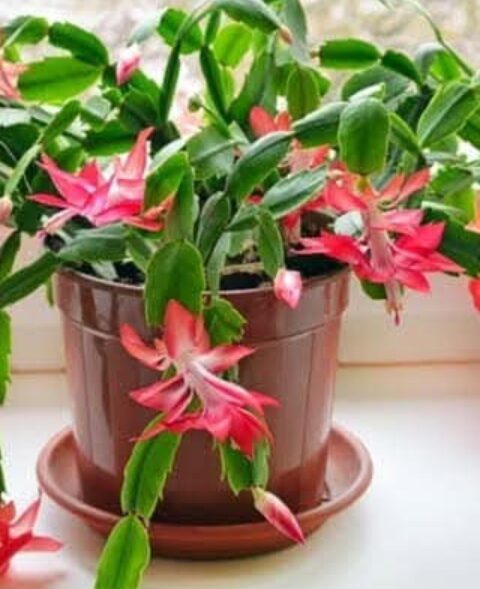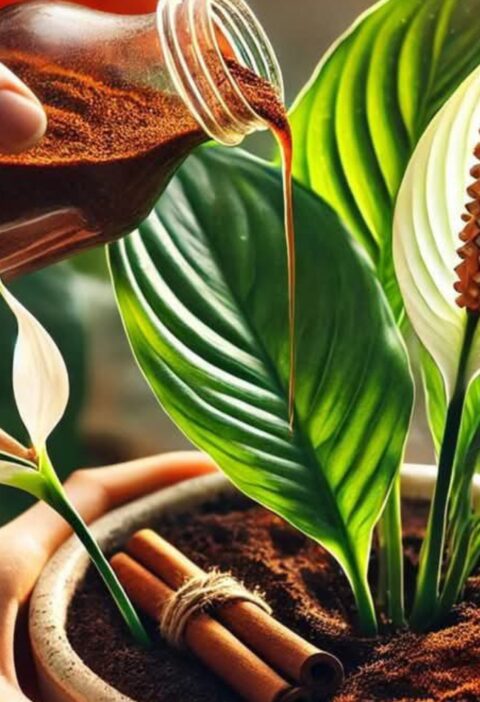Garlic Alcohol Insecticide: A Powerful Natural Remedy Against Mealybugs, Aphids, and More
Are pests taking over your garden or houseplants? Tired of using chemical-laden sprays that harm more than just the bugs? If you’re looking for a natural, effective, and eco-friendly solution, it’s time to try one of the most powerful DIY pest control mixtures: Garlic Alcohol Insecticide.
This simple homemade spray works wonders against mealybugs, aphids, whiteflies, and even some types of mites and leaf-chewing insects—without endangering beneficial pollinators or introducing toxic chemicals into your home garden.
In this guide, you’ll learn:
How garlic and alcohol work together to repel pests
A step-by-step preparation method
Best practices for application
Storage and safety tips
Benefits of using this method over commercial pesticides
And answers to the most common questions
Let’s dive into the world of natural pest control and give your garden a healthy, chemical-free boost!
—
Why Garlic + Alcohol Works as an Insecticide
Garlic’s Secret Weapon: Allicin
Garlic contains sulfur-rich compounds like allicin, which give it its strong smell and powerful antimicrobial and insect-repellent properties. When crushed and infused into alcohol, garlic becomes a potent pest deterrent.
The Role of Rubbing Alcohol
Rubbing alcohol (isopropyl alcohol at 70%) helps dissolve and carry the active compounds from garlic and acts as a contact killer for soft-bodied insects like aphids and mealybugs. It also dries out insect exoskeletons and eggs.
—
Materials You’ll Need
Before you begin, gather the following items:
Ingredients:
2–3 fresh garlic cloves
500 ml (about 2 cups) of rubbing alcohol (70% isopropyl alcohol)
1 liter (4 cups) of water
Tools:
A blender or mortar and pestle
A glass jar with a lid
A fine mesh strainer or cheesecloth
A clean spray bottle
> Note: Use a dedicated jar and spray bottle just for gardening use.
—
Step-by-Step Preparation Guide
Here’s how to make your natural garlic alcohol insecticide:
1. Garlic Preparation
Peel the garlic cloves and crush them thoroughly using a mortar and pestle or blend them in a small blender until you get a rough paste.
> Crushing helps release the active allicin compound that deters pests.
—
2. Alcohol Infusion
Place the crushed garlic into a clean glass jar. Add 500 ml of rubbing alcohol. Seal the jar and let the mixture steep for 24 hours in a cool, dark place.
> This allows the alcohol to extract all the beneficial compounds from the garlic.
—
3. Dilution
After 24 hours, strain the garlic-alcohol mixture through a fine mesh strainer or cheesecloth into a large bowl. Add 1 liter of water and stir well.
—
4. Transfer to Spray Bottle
Pour the diluted mixture into a clean spray bottle. Shake well before each use.
> Label the bottle clearly as “Garlic Insecticide” and date it for freshness.
—
How to Use Garlic Alcohol Spray
Application Timing
Spray early in the morning or late in the afternoon, when the sun is not too strong.
Avoid spraying in direct sunlight to prevent leaf burn.
Target Areas
Spray directly on visible pests and on the undersides of leaves where insects tend to hide.
Use on stems and soil surface if pests are crawling or laying eggs.
Frequency
Reapply every 5–7 days or after heavy rain until pests are gone.
For preventative care, spray once every two weeks.
Safe Use Around Pollinators
Avoid spraying near blooming flowers or bees. Spray early morning or evening when bees are inactive.
—
Best Plants to Use This On
This solution is safe for most ornamental plants, indoor houseplants, and vegetables like:
Tomatoes
Peppers
Eggplants
Herbs (basil, mint, parsley)
Lettuce and greens
Roses and flowering plants
Potted succulents and cacti
> Caution: Always do a patch test on delicate plants like ferns before full application.
—
Storage Tips
Store the spray bottle in a cool, dark place (like a shed or pantry).
Use the solution within 7–10 days for best effectiveness.
Discard old or cloudy mixtures and make fresh batches as needed.
—
Why Choose Garlic Alcohol Over Chemical Pesticides?
1. It’s Safe for the Environment
No toxic runoff. No harm to bees or butterflies. Just garlic and rubbing alcohol.
2. It’s Inexpensive
You probably already have most ingredients at home!
3. It’s Easy to Make
Takes less than 10 minutes of hands-on time.
4. It’s Versatile
You can use it on vegetables, flowers, herbs, succulents, and even houseplants.
5. It Actually Works
Gardeners around the world have used garlic sprays for generations.
—
Troubleshooting & Common Mistakes
Brown or curled leaves? You may have sprayed in strong sun. Always apply in low light.
No results after 1 week? Increase application frequency or check for new pest sources.
Mixture clogged the spray nozzle? Strain well and use a fine-mist sprayer.
—
Bonus Tips to Boost Pest Resistance
Add a few drops of liquid dish soap to help the solution stick to leaves.
Include neem oil for added insect-repellent power.
Companion plant with herbs like basil, marigold, and mint to deter pests naturally.
—
FAQs
Can I use this on edible plants?
Yes! Just rinse produce before eating.
Will it harm bees or butterflies?
Not if used properly. Spray early or late, and avoid flowers.
Can I use vodka or ethanol instead of rubbing alcohol?
Rubbing alcohol (70%) is best, but in a pinch, vodka can be used.
Does it smell bad?
Yes—temporarily! The garlic smell fades within hours after spraying.
Is this safe for kids and pets?
Once dry, yes. But store away from children and pets, and do not spray around them.
—
Conclusion: A Natural Solution That Actually Works
If you want to protect your plants without reaching for harsh chemicals, this garlic alcohol insecticide is a game-changer. It’s time-tested, cost-effective, and surprisingly powerful. Whether you’re fighting mealybugs on your houseplants or aphids on your tomatoes, this spray delivers real results.
Natural pest control doesn’t have to be complicated. It just takes a little garlic, a splash of alcohol, and the will to garden smarter—not harder.
—
Call to Action: Try It & Share It!
Have you used garlic spray before?
Show us your before-and-after photos!
Pin this recipe, share with gardening friends, or subscribe for more natural gardening tips.
—
Suggested Hashtags for Social Media Sharing
